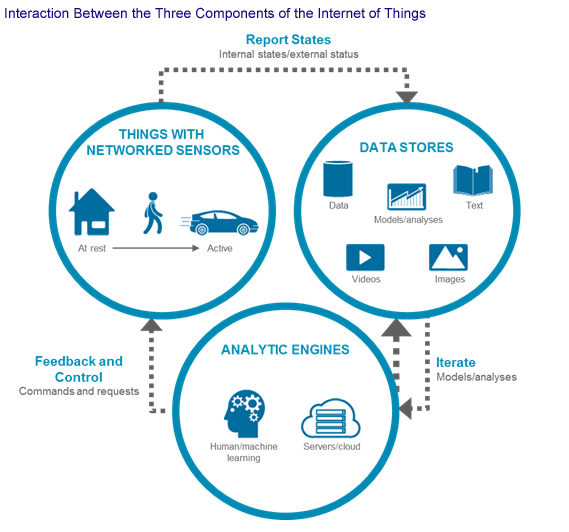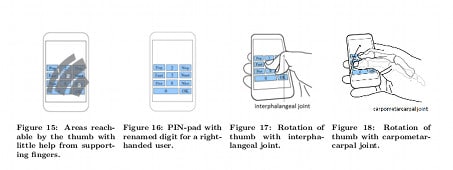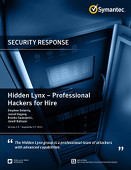This blog writes a lot about risk and the Internet of Things. Specifically: we talk about how smart, sensor rich, connected devices create all kinds of new risks for enterprises and consumers. It goes without saying that feature development (and adoption) are running well ahead of pesky issues like secure design and deployment or data privacy. Smart companies are trying to put some brakes on that trend. (Witness Google prohibiting sensitive health data from its Android Wear platform.) But, by and large, companies are plowing ahead into IoT technologies without a lot of consideration of the risks. But there’s one industry where risk _is_ the business: the insurance industry. And there, the thinking about the potential of Internet of Things is decidedly bullish. In fact, a recent report from the financial services research firm Celent (paywall) suggests that broad adoption of IoT technologies will revolutionize the way insurance companies market and sell to […]
Finance
Hack Uses Phone’s Camera and Mic To Best Anti-Keylogger
Smart phones these days are bristling with sensors. Forget about the camera and microphone – there are accelerometers, Global Positioning System components, not to mention Bluetooth and NFC transmitters. All those remote sensors enable all kinds of cool features – from finding the nearest Starbucks to mobile payments. But they also pose a risk to the privacy of the phone’s owner – as malicious actors (and the occasional national government) look for ways to turn cameras and other sensors into powerful, cheap and convenient spying tools. Now researchers at The University of Cambridge have demonstrated one possible, new attack type: harnessing the built-in video camera and microphone on Android devices to spy on an owner’s movements and guess his or her password. The technique could be a way for cyber criminals to defeat anti-keylogging technology like secure “soft” keyboards used to enter banking PINs and other sensitive information. The work […]
Ephemeral In-Memory Malware Common At High Value Targets
Computer security has always been a game of Spy vs. Spy, with the bad guys trying to stay one step ahead of the latest tactics and tools used to catch them. And that’s still true today, in an age of so-called “advanced persistent threats.” So what’s the next big thing in advanced malware? How about ghostly, ephemeral malware that never exists outside of memory and disappears whenever the infected system is rebooted? The security firm Triumfant issued a warning on Monday about what it calls “advanced volatile threats” or AVT. The malware is already a common component in attacks against high value targets, including government agencies and intelligence services John Prisco, Triumfant’s CEO and President told The Security Ledger. The terminology here is a bit tricky – as Prisco admits. Technically, almost every online attack begins in memory, where attackers seek to overwrite the memory space used by a […]
APT-For-Hire: Symantec Outs Hidden Lynx Hacking Crew
This site and others have been writing about the “Advanced Persistent Threat” problem, which has generally been treated as a euphemism for the government and military of The People’s Republic of China or – in some cases – Russia, Iran, North Korea or other un-friendlies. Firms like Mandiant have taken pains to separate the concept of APT from run of the mill cyber criminal hacking groups whose motivation is profit, rather than the acquisition of information that can be used to advance geopolitical or economic goals. Cyber criminal groups may well use “advanced” in their attack methods and “persistent” in their efforts to compromise victim networks, but they weren’t “APT.” Now Symantec Corp. has put a fly into that ointment: publishing a report that pulls the covers off an APT group dubbed “Hidden Lynx” that it claims is responsible for some of the most sophisticated and large scale hacks of […]
BitSight: A Equifax For Security Risk?
I’ve opined in these pages and elsewhere that one of the big problems in the IT security space is the absence of actionable data. After all, problems like denial of service attacks, network compromises and inadvertent data leaks are all just risks that organizations and individuals must grapple with in our increasingly wired world. True – they’re new kinds of risks, but otherwise they’re not fundamentally different from problems like auto accidents, property crime or illness – things that we do a good job accounting for. The difference, as I see it, is an absence of accepted and independent means of assessing the relative security posture of any organization. IT security is still so much dark magic: we rely on organizations to tell us about how secure they are. Organizations, in turn, rely on a complex and patchy network of security monitoring and detection tools, then try to read the […]





